Quick Answer: What Causes Muscle Cramps?
Muscle cramps happen when muscle fibers tighten and won’t relax — like a clenched fist you can’t open — due to factors such as dehydration, mineral imbalances, muscle fatigue, or nerve issues. These sudden involuntary contractions can be triggered by intense exercise, certain medical conditions, or even during rest and sleep.
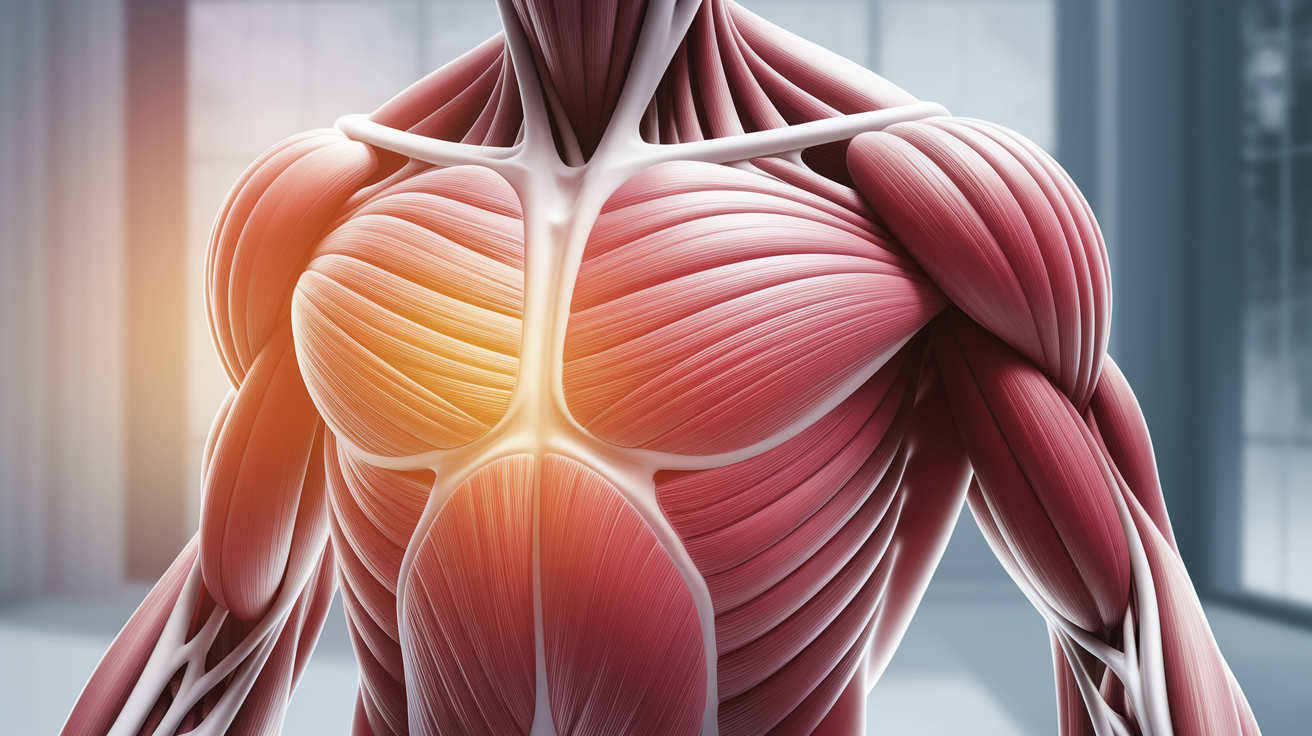
Common Triggers of Muscle Cramps
While cramps can seem to strike out of nowhere, many have straightforward explanations. Common culprits include:
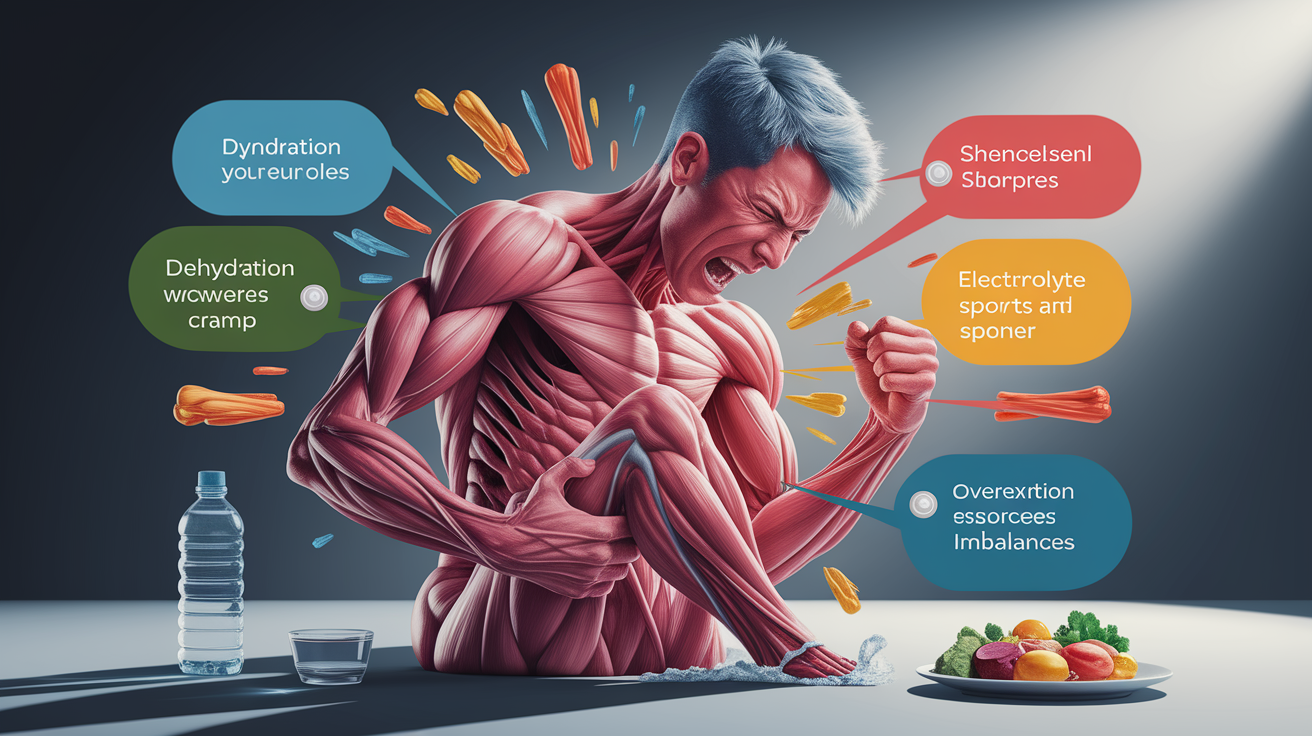
- Dehydration – Losing too much fluid through sweat reduces hydration levels and throws off sodium, potassium, and other electrolytes needed for smooth muscle contractions.
- Electrolyte imbalance – Low levels of potassium, magnesium, or calcium can cause nerve signals to misfire, triggering spasms.
- Muscle fatigue – Overuse from repetitive motion or intense workouts can overwhelm muscle fibers, leading to tight, painful twitches.
- Poor blood circulation – Restricted flow can deprive muscles of oxygen and essential nutrients, causing aching and cramps.
- Nerve compression – Spinal or nerve issues can send faulty signals to muscles, making them seize up.
Medical and Less Common Causes
Some cramps come from deeper medical or metabolic reasons that aren’t as obvious. According to clinical research and neurology reviews, causes can also include:
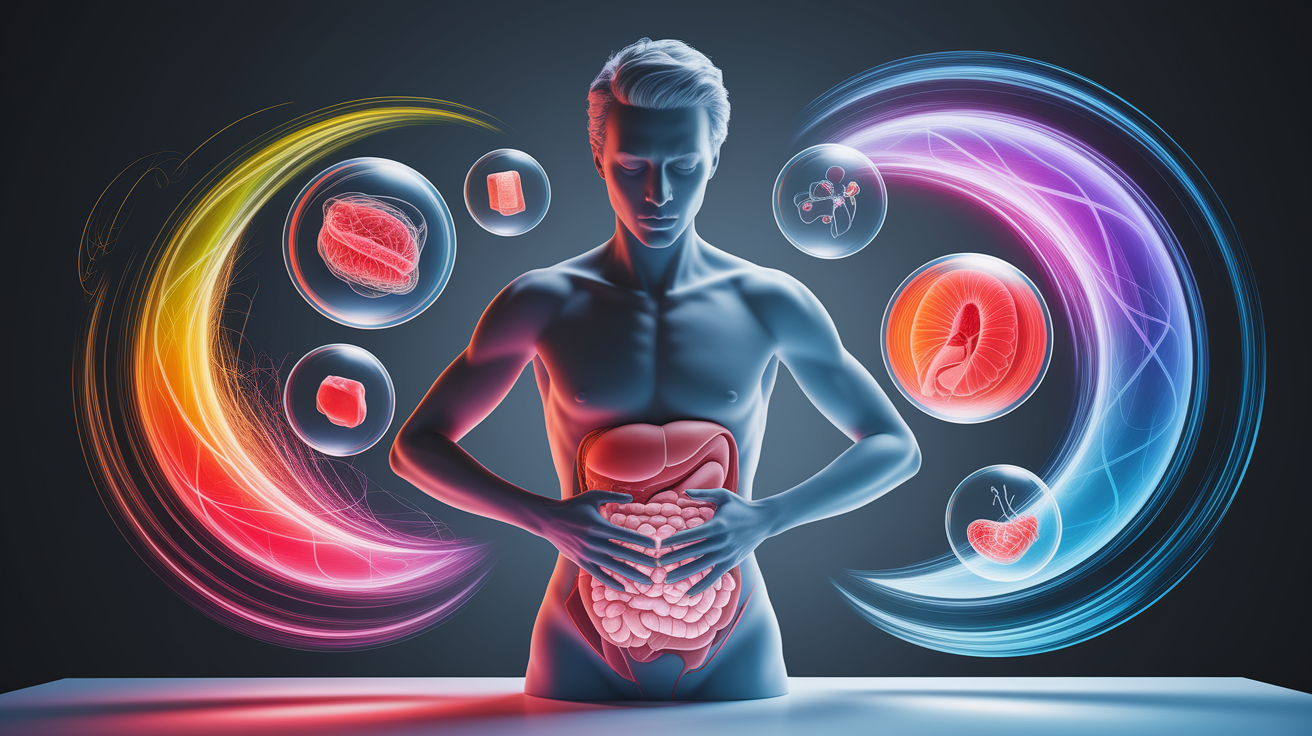
- Pregnancy cramps – Changes in circulation, fluid balance, and pressure on nerves from a growing uterus can bring frequent leg cramps.
- Medication side effects – Some blood pressure drugs, diuretics, and statins may alter nerve or muscle chemistry.
- Metabolic disorders – Conditions like McArdle’s disease affect how muscles access stored energy, especially during activity.
- Neurological factors – Disruptions in ion channels or abnormal spinal nerve currents can promote persistent cramps.
- Underlying medical conditions – Diabetes, thyroid disorders, or liver disease may impact muscle performance and recovery.
Who’s at Higher Risk?
Not everyone experiences cramps equally. Certain groups tend to be more prone, as highlighted by medical overviews and clinical observations:
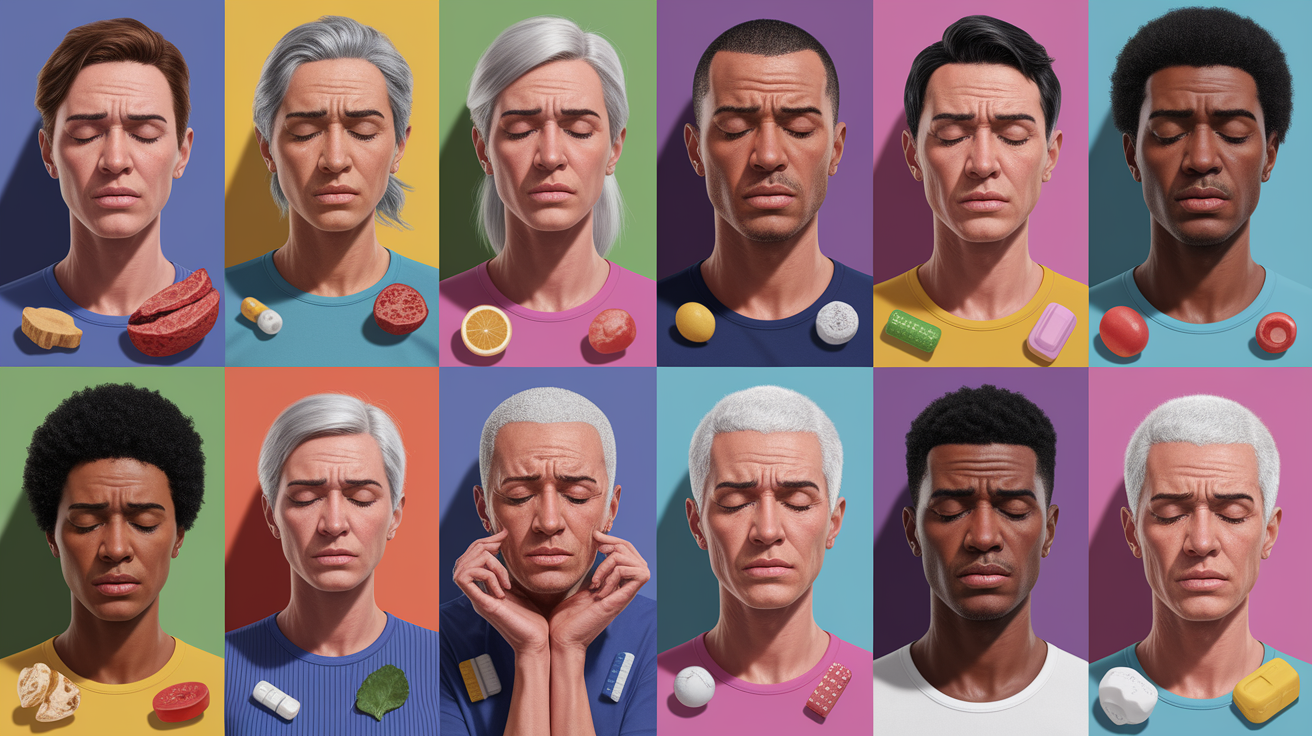
- Older adults – Reduced muscle mass means remaining fibers bear more strain and tire faster.
- Athletes – Heavy sweating, high exertion, and repeated motions can bring on exercise-induced cramps.
- Pregnant women – Increased fluid demands and circulation changes raise cramp likelihood.
- People with chronic health issues – Diabetes, nerve disorders, or hormonal imbalances can affect muscle control.
- Those in hot environments – Greater sweat loss increases risk of heat cramps from dehydration and sodium disruption.
Cramp Conclusion: Wrapping Up the Cause-Effect
At their core, muscle cramps are a perfect storm of overworked muscle fibers, altered fluid-mineral balance, and sometimes nerve miscommunication. Whether it’s a midnight charley horse, a calf cramp after a long run, or muscle tightness during pregnancy, the triggers often connect back to hydration, nutrient levels, muscular workload, or underlying health. Understanding these factors makes it easier to spot patterns, adjust habits, and take simple steps — like stretching, maintaining hydration, and minding mineral intake — to help muscles stay loose, functional, and cramp-free.
“`html
For most people, cramps are more of an occasional annoyance than a serious medical problem. However, when they become frequent, prolonged, or unusually painful, it may point to an underlying condition that needs attention. Keeping a log of activity levels, dietary patterns, and any accompanying symptoms can help both you and your healthcare provider pinpoint the likely cause.
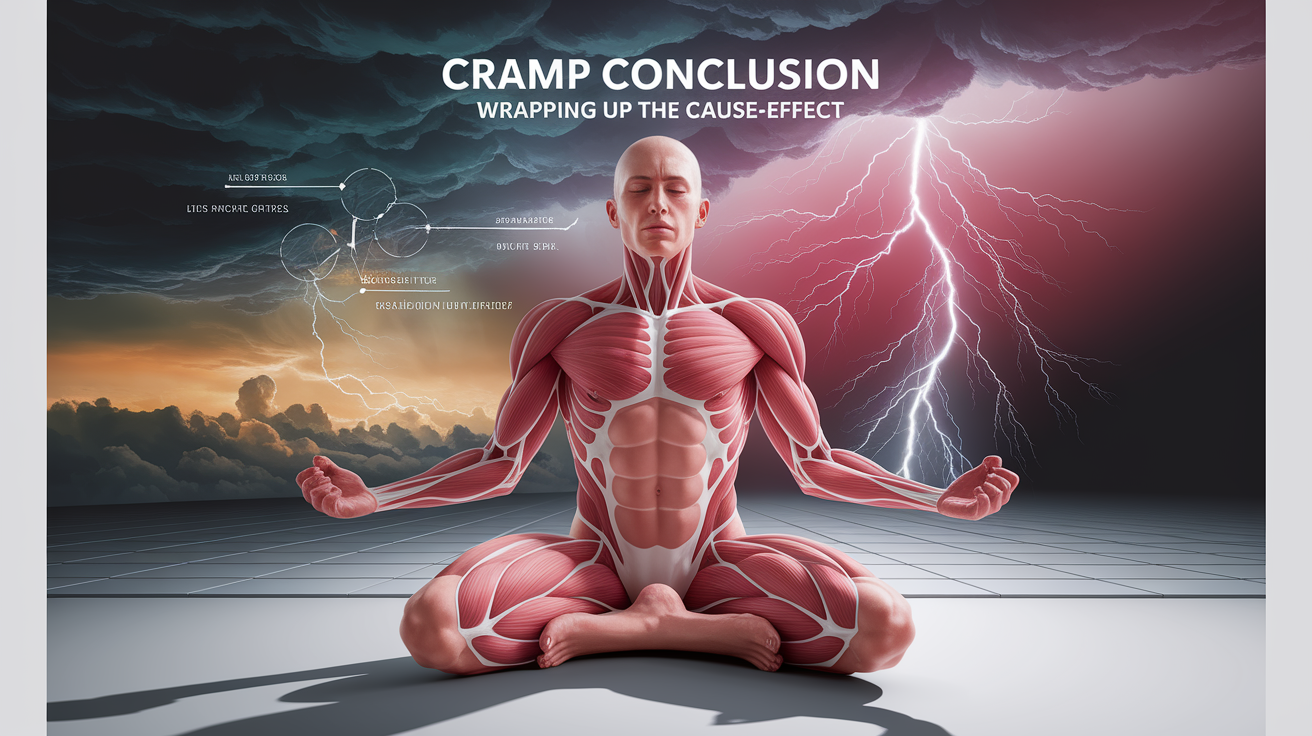
Prevention strategies often include a combination of gradual conditioning for physical activity, balanced nutrition with adequate minerals like potassium and magnesium, and mindful hydration practices—especially during exercise or in hot weather. Gentle stretching before bed or after workouts may also reduce the frequency of night-time cramps.
If you experience cramps alongside muscle weakness, swelling, numbness, or persistent pain, consult a medical professional. These signs may indicate something more complex than simple overuse or dehydration. Addressing the root cause early not only relieves discomfort but also supports long-term muscle health and mobility.
“`













